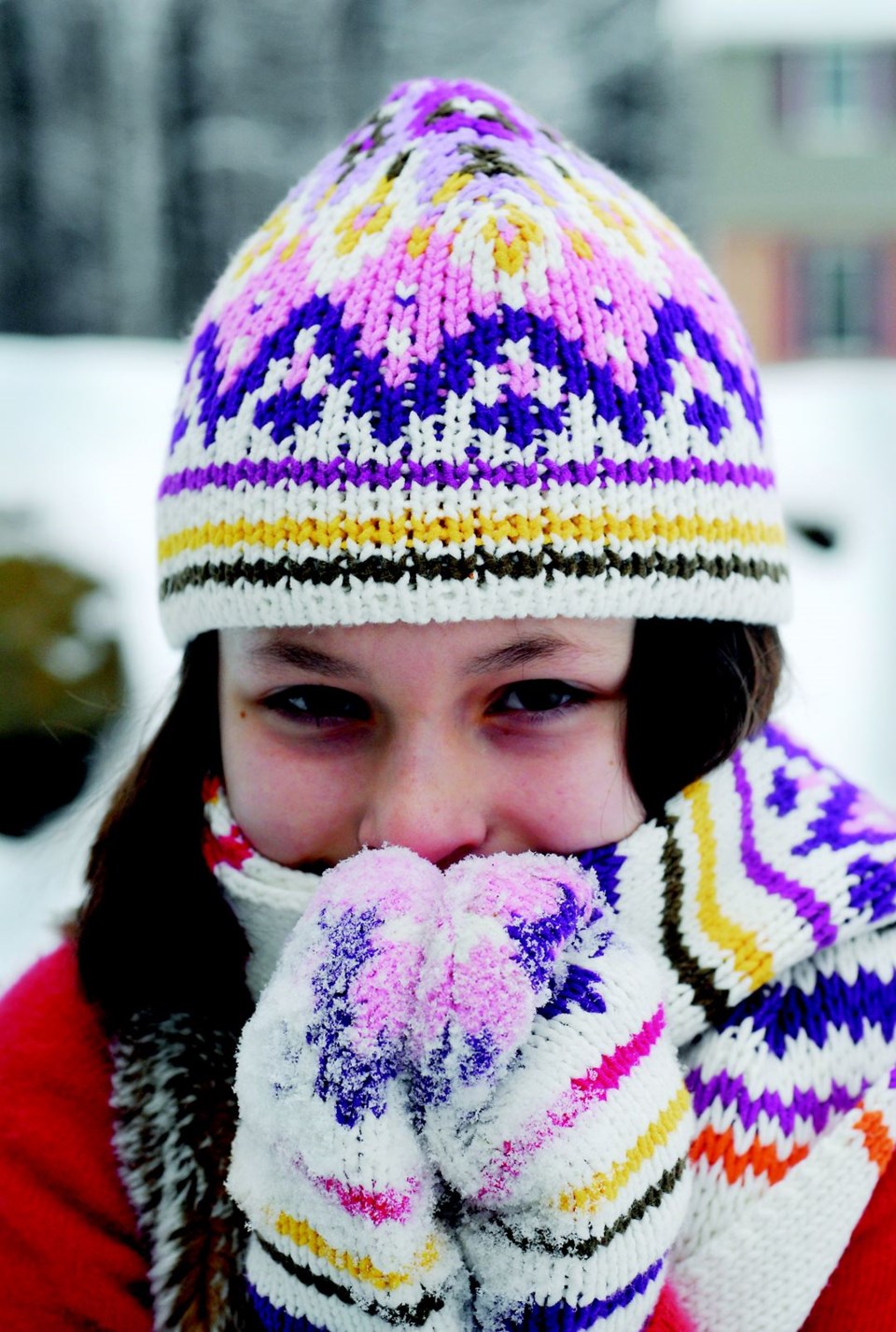Hypothermia is no laughing matter. Statistics Canada states that approximately 140 Canadians die each year as a result of hypothermia.
Although the public may think hypothermia can only occur outdoors during below-zero temperatures, in fact, the condition may happen when the body falls below a certain, healthy temperature - even just in a chilly room.
The elderly and children may be especially at risk due to their sometimes compromised ability to regulate body temperature. Newborns are often unable to correctly regulate their bodies until they grow older, which is why effort is often put into bundling children against the cold.
Hypothermia occurs when the body temperature passes below the normal temperature of 37 C to a temperature less than 35 C. It is a medical emergency because the body loses heat faster than it warms itself up.
If temperature is low, the body is unable to work correctly. The nervous system and organs like the heart fail to operate normally and, if left untreated, hypothermia may result in heart failure or compromised breathing, and eventually death.
In certain instances, infants, particularly ones born prematurely, may have a low body temperature as an immune system response to something gone awry in the body, partially because the neonate has an impaired ability to react to invading organisms. He or she does not have adequate antibodies at birth.
Accidental hypothermia is when the body becomes chilled from unanticipated circumstances, like getting stranded in a storm with inadequate shelter or clothing.
The symptoms of hypothermia are displayed profoundly through neurological responses. The cold will slow down the body and mental processes.
Shivering may slow or cease and slurred speech, confusion, lethargy and even a loss of consciousness may occur. A slowing or irregular heartbeat also may occur. Oftentimes, a person with hypothermia will lie down and fall asleep, after which he or she dies.
Preventing hypothermia
Because winter weather can be fickle and conditions change at a moment's notice, it is always better to be prepared and safe rather than sorry.
People should always dress accordingly for the weather, including wearing warm clothing with an inner wicking layer that draws sweat and moisture away from the body. Layering clothing can help one to feel comfortable.
Before heading out into the cold, fuel up on a high-carbohydrate meal. Carbs turn into heat for the body and can help keep it warm.
Stay hydrated to help the body function in extreme conditions.
If travelling, store blankets, wool socks, extra clothing, mittens and hats in the car in the event of a breakdown.
Seek shelter if the weather turns for the worse, and especially if it is wet and windy. These two conditions can quickly zap body heat.
Although hypothermia is common, it can be prevented by playing it smart with winter weather.



